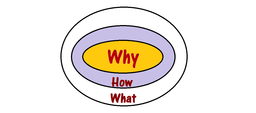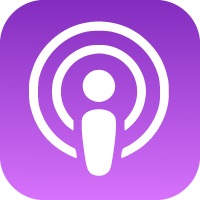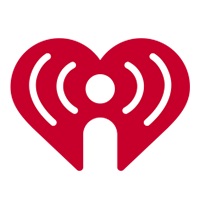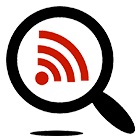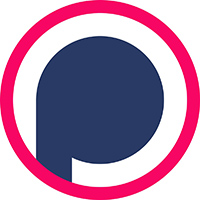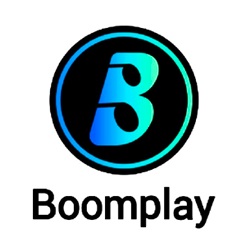Hello everyone! Please enjoy part 3 of this blog series regarding Simon Sinek’s book Start With WHY!
Scott’s Book Notes and Excerpts:
Why, then How, then What
- Companies have defined themselves by WHAT they do vs. WHY they do something. People don’t buy WHAT you do, they buy why you do it.
- They should ask WHY did we start doing what we’re doing in the first place, and what can we do to bring our cause to life considering all the technologies and market opportunities available today?
Apple’s Example:
- Everything we do, we believe in challenging the status quo. We believe in thinking differently. (The WHY)
- The way we challenge the status quo is by making our products beautifully designed, simple to use and user friendly. (The HOW)
- And we happen to make great computers. (The WHAT)
- Wanna buy one?
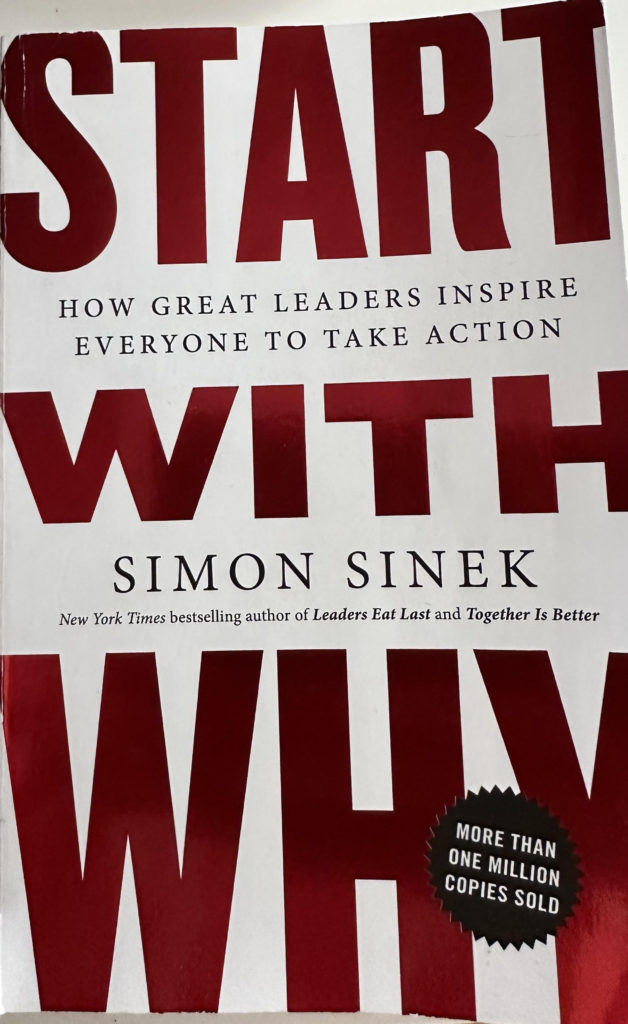
Scott’s Agile Coaching Corner – How do we apply this information?
Understanding the “Why, How, What” framework can be useful for an Agile coach when working with a development team and the entire delivery value stream. It can help the team to clearly define their purpose and align their work with their values and goals, clarify expectations, and prevent them from spending time on work that doesn’t have high business value.
As a coach, you can apply these approaches to your own day to day growth and also encourage your team to explore the following questions:
- WHY are we developing this product or feature? What problem are we solving?
- What is our greater purpose?
- Identifying the WHY can also address the “we’ve always done it this way” issue (shudder) that individuals and teams encounter.
- In addition, I’ve created OKRs for myself and these are very helpful in defining the WHY by aligning them with your personal vision and strategy for development.
- What is our greater purpose?
- HOW are we going to achieve this goal? What are our values and principles?
- What processes and methods will we use?
- A scenario that I’ve suggested for my teams is breaking up large stories over a number of sprints to make it easier for the team to work on. This also allows the team to better determine when the work will be complete.
- A scenario that I’ve suggested for my teams is breaking up large stories over a number of sprints to make it easier for the team to work on. This also allows the team to better determine when the work will be complete.
- What processes and methods will we use?
- WHAT are we going to build? What are the specific features and requirements?
- What is the minimum viable product?
- An example of this that I’ve used with my teams is to have the team think about and preferably identify sprint goals. This assists in keeping the team focused on what needs to be worked on in each sprint leading up to a release.
- Pro-tip – be sure to define what MVP means for your team and company. It’s important to get a new product out the door with just enough functionality to receive client feedback vs.taking too long to build out functionality that an MVP doesn’t need.
- What is the minimum viable product?
Conclusion
By following the approach above and starting with the WHY, then focusing on the HOW, and then moving on to the WHAT, it will allow you to grow as a coach and will also let your customers and clients see the authenticity of the work by the team. By doing so, it may provide you with more of an opportunity to grow a loyal fan base.



